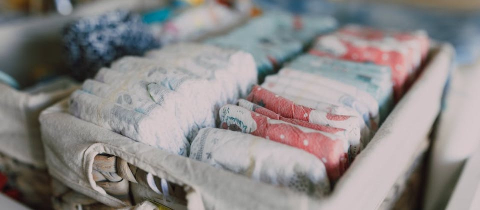Should we be spending hundreds of hard-earned dollars on expensive sunglasses or do we get the same protection from cheaper models available off of racks at the pharmacy? It seems that dishing out the extra cash might be bad for our wallets but good for our eyes. Ultra violet (UV) radiation isn’t just bad for skin – it is also damaging to eyes. UV radiation has been found to contribute to such varied conditions as cataracts (clouding of the natural lens that can blur vision) and corneal sunburn (snow blindness). So, along with a good coating of sunscreen we should be donning sunglasses whenever we go out into the sun, right? Maybe not...
Wearing sunglasses of any kind stops a certain amount of light in the visible spectrum from reaching the eyes, so any dark lens will help to prevent squinting and eye-strain (built-in protection mechanisms) out in the sun. However, this relaxation of the eye’s natural defenses is only desirable when the lost protection is compensated for by keeping harmful, non-visible UV rays out of our precious orbs.
A cheap pair of sunglasses may claim 100% UV protection, but that protection may not be durable or reliable. UV protection in inexpensive sunglasses typically comes from a UV coating applied to the plastic lens. The UV coating may rub off or chip over time, and we may or may not notice the change. If we don’t pick up on the deterioration and continue to wear the faulty frames, we may not be disturbed by the discomfort of squinting, but UV rays may be getting through, setting the stage for sun-damage.
More expensive sunglass-lenses may be made by ‘melting’ the UV protection right into the lens-material, so that it can’t rub off or peel, or the UV coating may be more durable than it is in cheaper versions. Such in-depth information about the production of specific models is difficult to find, but sometimes design details are available from well-informed salespeople and company websites.
Lens-clarity should also be taken into account. Cheaper lenses are often cut out of one big plastic sheet while more expensive ones are made by pouring molten plastic into individual lens molds; individually poured lenses have less impurities and distortions. Better lens- quality may also mean better, clearer vision, safer viewing (no mistaking a green traffic light for a yellow one or tripping on a distorted curb) and less eye-strain. To check for lens quality in a pair of non-prescription sunglasses, hold the glasses several inches away from the face and look through them at some regular, linear pattern, such as a tiled floor. The lines should still look straight when the glasses are moved slowly from left to right and up and down. If the lines blur or warp in any way when the sunglasses move around, the lenses are not ‘optical quality’ and may cause eye-strain. Sunglasses should also ‘wrap around’ the eyes as much as possible to prevent harmful rays getting in and reflecting off of the inside-surface of the lenses back into the eyes.
The bottom line is that we usually get more value for the money with an expensive pair of sunglasses from a reputable company than with a cheap pair picked out while waiting in line at the drugstore cash. A few more dollars now may mean a few more years of good vision down the un-distorted line.







